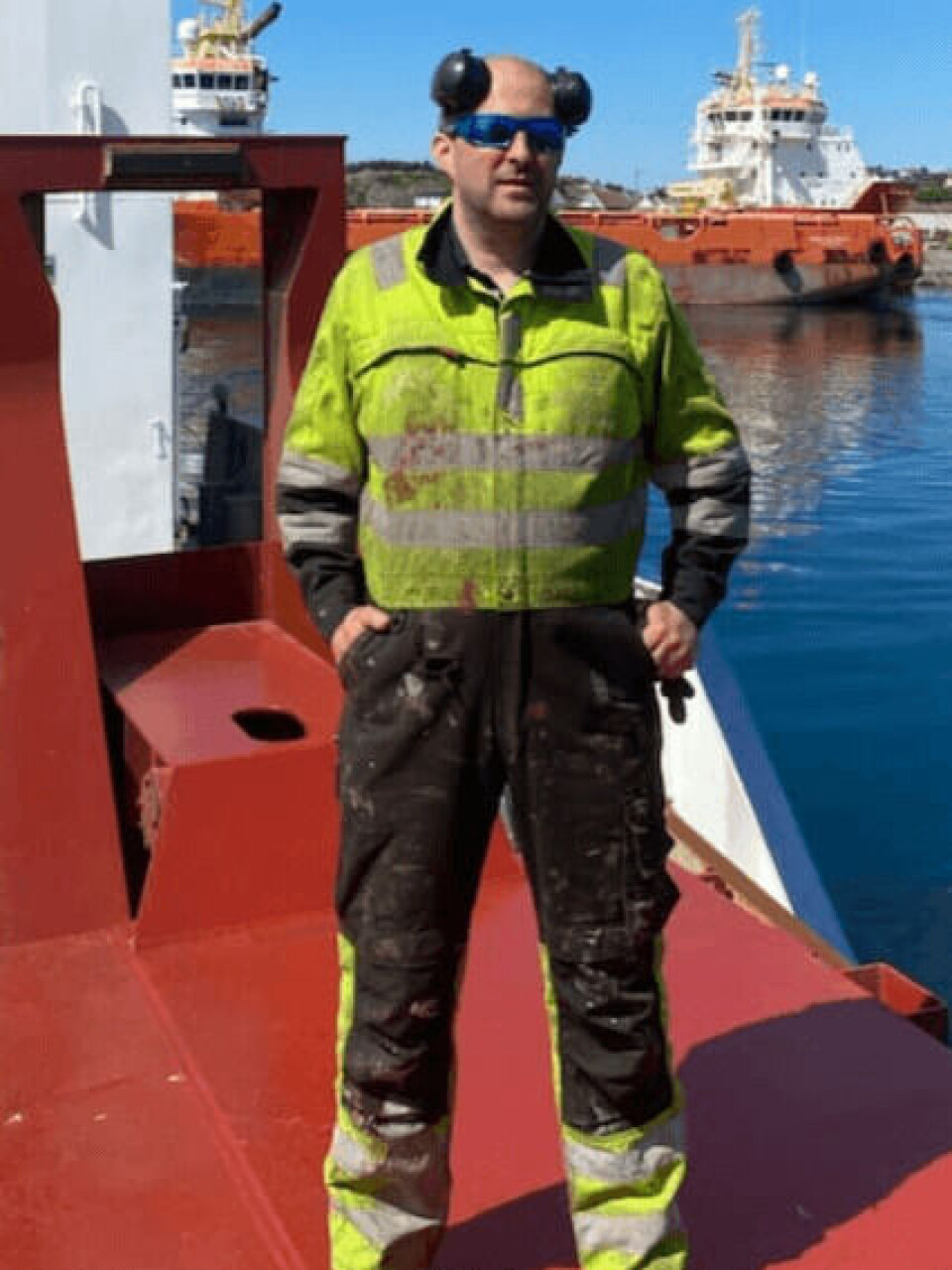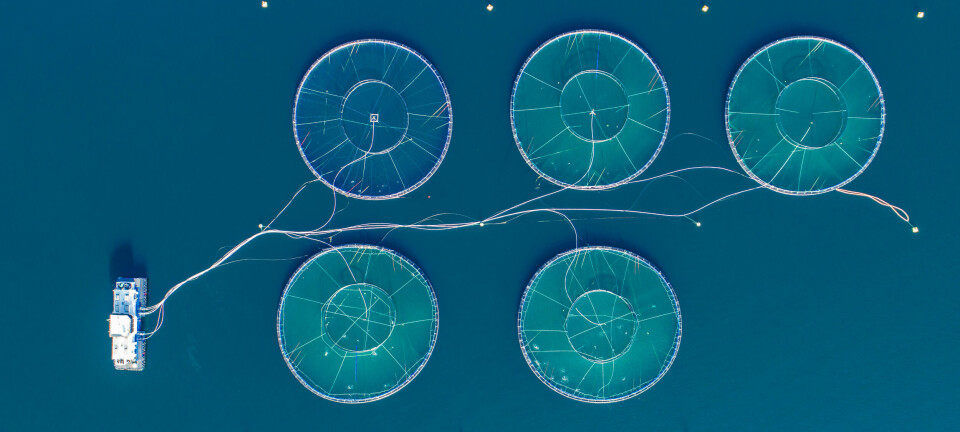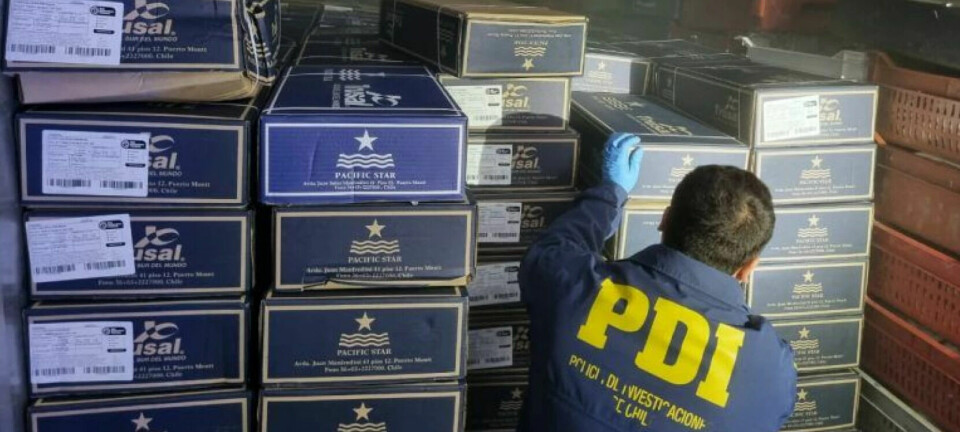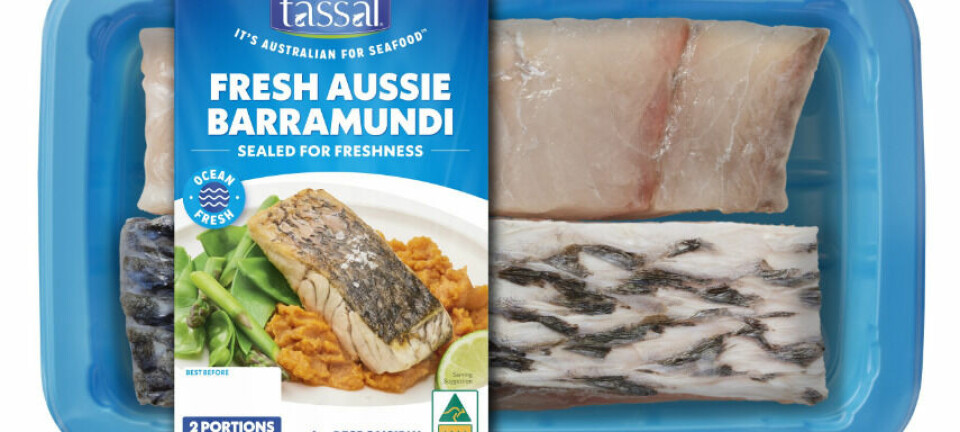
Hybrid-power carrier offers greener, leaner feed delivery
A shipping company has taken delivery of one of the world’s first hybrid power bulk carriers, which will be used to make deliveries for salmon feed producer BioMar in Norway.
Austevoll-based Bio Feeder AS commissioned the conversion of the Kryssholm, one of its fleet of five carriers, as part of a contract signed with BioMar last year.
The Kryssholm still relies on a diesel primary propulsion system but now also has a battery pack with its own propulsion line. This means that the ship can operate very efficiently during calls and frequent loading and unloading operations. The ship will use shore power for loading and for part-charging the batteries.
The Kryssholm has dynamic positioning (DP) and, when using the battery pack, it will be possible to maintain the ship’s position without ordinary engine power being used.

Environmental benefits
“Since the beginning the company has had several long contracts for BioMar,” Bio Feeder chief executive Nils-Tore Øpstad Melingen told Fish Farming Expert’s Norwegian sister site, Kyst.no.
“In connection with the contract, Kryssholm was rebuilt as one of the world’s first bulk carriers with hybrid propulsion. The rebuilding of Kryssholm will provide major environmental benefits and cost savings, and the operation of the ship will be more energy efficient and environmentally friendly.
“A renewal of the fleet and the choice of progress method are strategic decisions that will contribute to securing contracts and jobs for many years to come.”
The contract with BioMar begins on July 1. Until that date, the ship will be in the spot market.
“The contract with Biomar is for six months a year until and including 2026, with the possibility of extension. The remaining six months, the ship will go to (short sea shipping company) Wagle Chartering,” said Melingen.
A little less space
The work, carried out at the PTS shipyard in Szczecin in Poland during the autumn of 2020 and the spring of 2021, has reduced the 10-year-old ship’s cargo capacity by 400 m³ to 5,000 m³, although it can still carry 3,750 tonnes of cargo.
A new engine room has been built at the front of the ship with a new main switchboard, three new Scania generators of 500 kW each and a battery pack of 500 kW. The batteries are charged from the generator shaft which connects the 2010 bhp eight-cylinder MaK main engine aft and the main switchboard.
Reduced NOx emissions
The energy storage system has a capacity of 500 KW and 254 Kwh with the possibility of a doubling in the future. The battery pack increases the redundancy in the system and optimises the operation during the various operating modes of the vessel. The ship has three Scania auxiliary engines, a ballast water treatment plant (BWT) and selective catalytic reduction (SCR) for reduction of NOx emissions.
The production and transport of feed make up a significant part of fish farming’s relatively low carbon footprint and companies such as BioMar are keen to reduce their impact. State aid is also available to help what is known in Norway as the “green shift” to a lower carbon economy.
State-owned company and development bank Innovation Norway has been central in the financing of the Kryssholm and the conversion.




















































